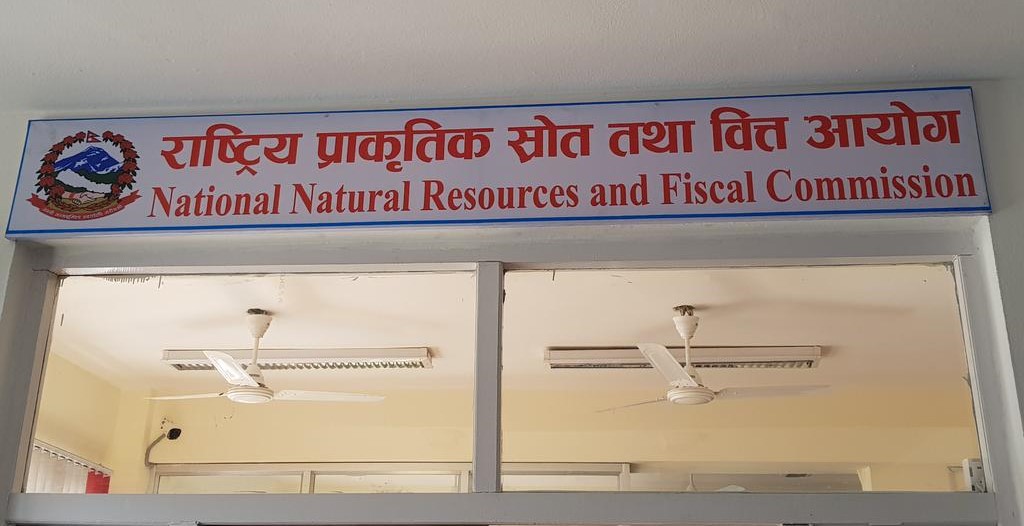KATHMANDU: In an effort to bolster the fiscal capacities of sub-national governments, the federal government has allocated fiscal equalization grants (FEG) amounting to Rs 148 billion for the upcoming fiscal year.
The National Natural Resources and Fiscal Commission (NNRFC) has recommended this substantial amount to be disbursed among provincial and local governments in the fiscal year 2024/25. Out of the total allocation, Rs 60 billion will be distributed among the seven provinces, with an additional Rs 88 billion earmarked for the 753 local governments.
As per constitutional provisions, the distribution of FEG is based on the expenditure needs and revenue capacity of each sub-national government. Despite its significance, the FEG often takes a backseat compared to other conditional grants.
According to NNRFC data, Karnali Province will be the largest beneficiary, receiving FEG worth Rs 10.36 billion, followed by Koshi Province with Rs 8.94 billion.
Sudurpaschim Province will receive Rs 8.72 billion, Lumbini Province Rs 8.28 billion, Bagmati Province Rs 8.24 billion, and Madhesh Province Rs 7.79 billion. Gandaki Province is allocated Rs 7.63 billion for the fiscal year.
Work performance assessments from the previous fiscal year reveal Koshi Province leading with 40.89 points, followed by Madhesh Province (37.31 points), Bagmati Province (37.29 points), Gandaki Province (33.07 points), Karnali Province (30.98 points), and Sudurpaschim Province (31.08 points). Lumbini Province recorded the least performance with 26.99 points.
Additionally, Madhesh Province excelled in revenue mobilization with 10.51 points, while all provinces scored zero points in utilizing conditional grants.
Furthermore, the government has undertaken substantial financial liabilities amounting to Rs 22.39 billion by providing subsidized loans to various sectors between mid-July 2023 and mid-February 2024. Out of the total subsidized loans of Rs 214 billion issued during this period, over half were allocated to agriculture and livestock development, amounting to Rs 129 billion.
Other sectors benefiting from subsidized loans include women entrepreneurship, textile industries, Dalit community business development, private residence construction for earthquake victims, and youth projects for returnee migrant workers.

